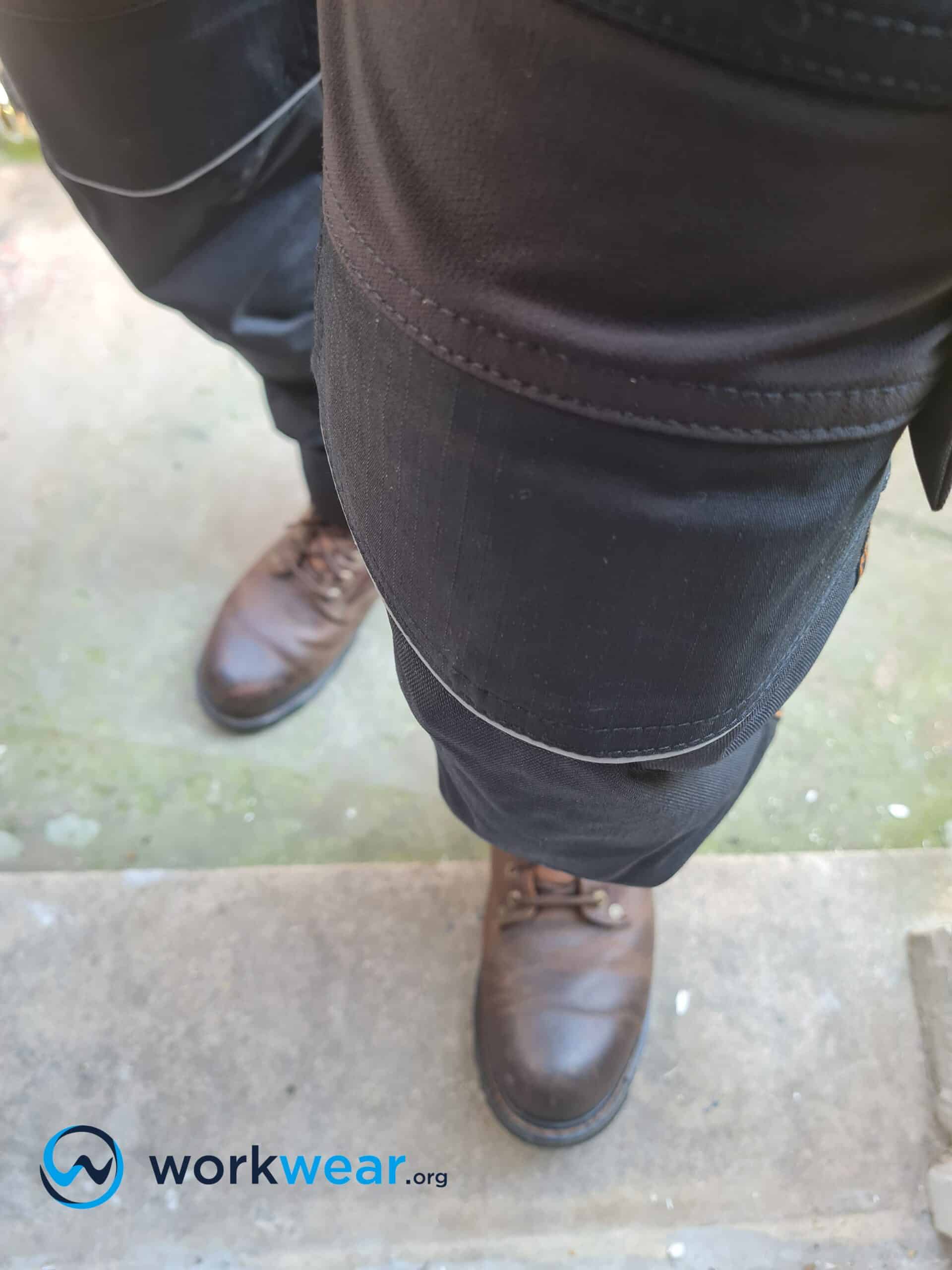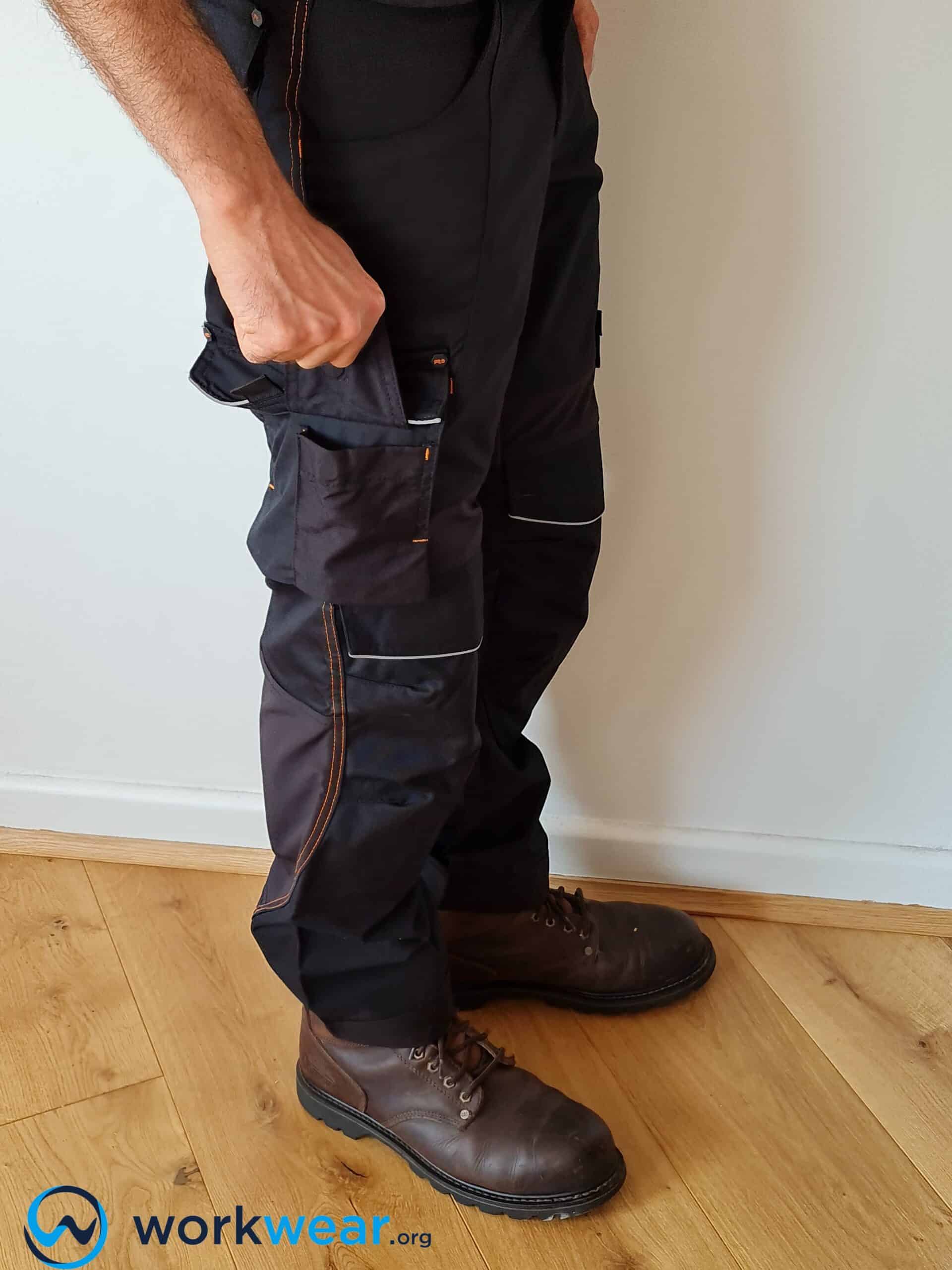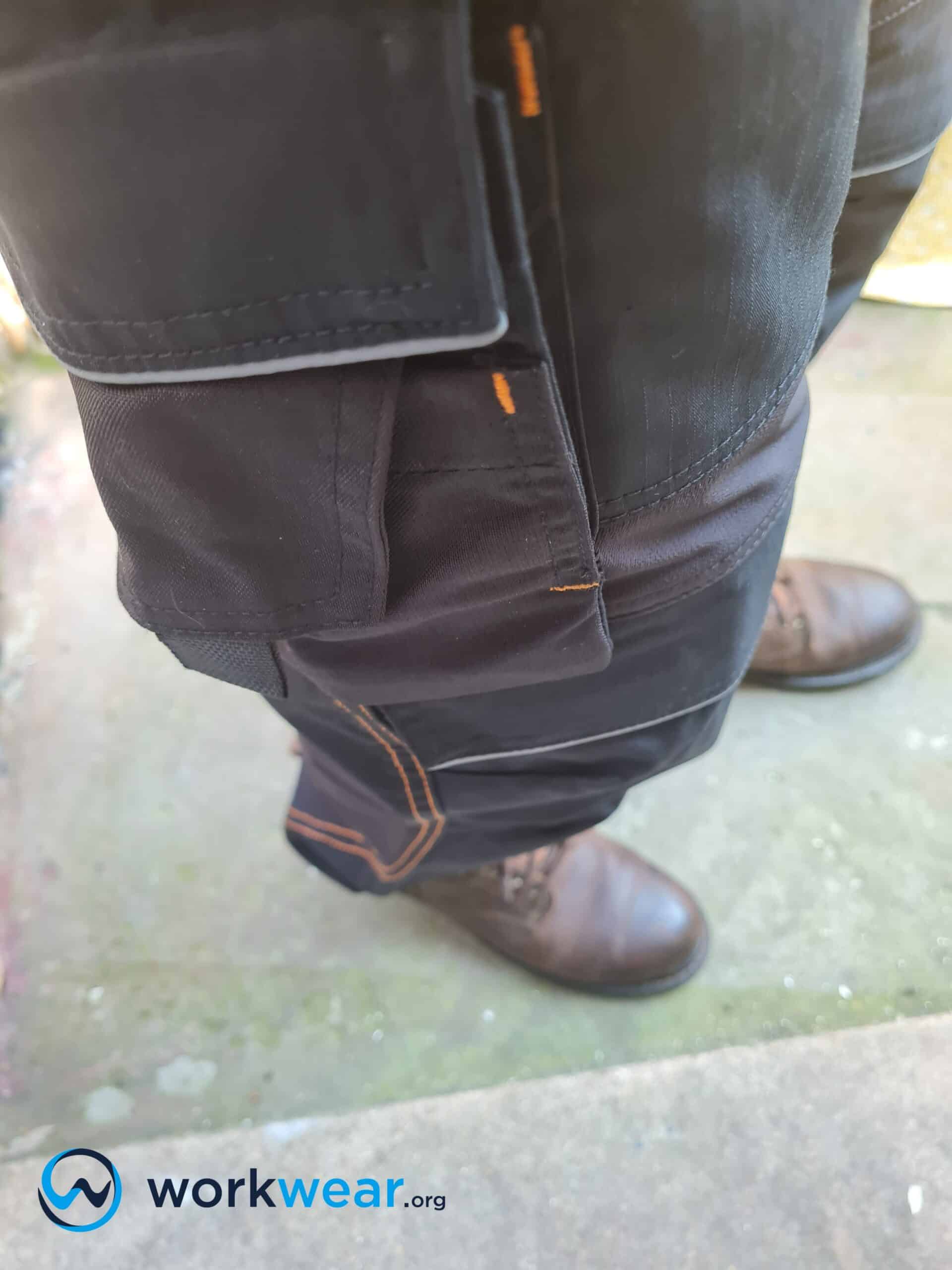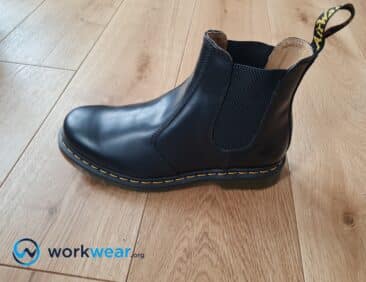Spandex – Explained and Demystified
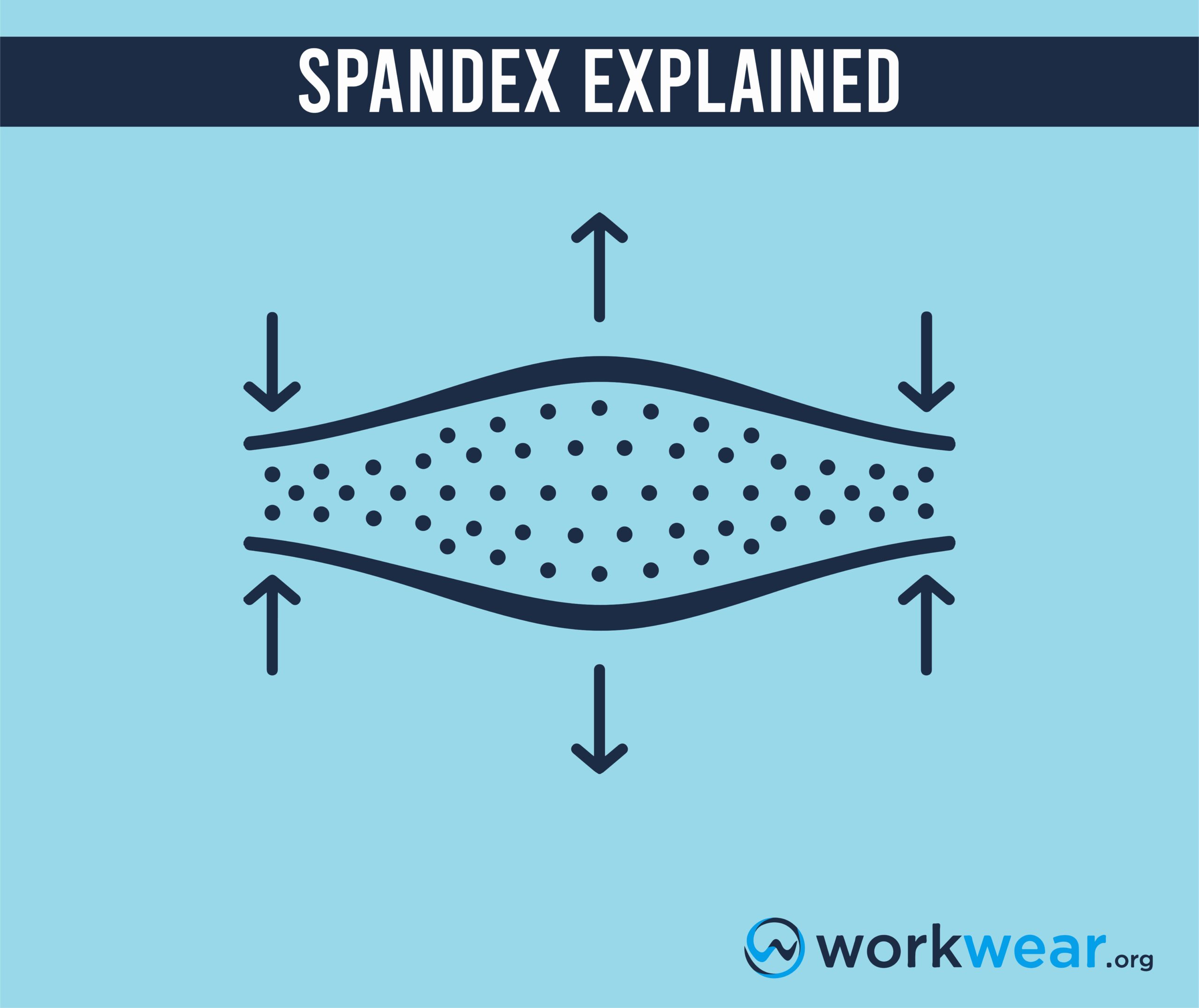
Spandex is an artificially developed fabric widely renowned for its elasticity in clothing and work wear. This article explores its definition, types, uses, and pros and cons.
What is Spandex Fabric?
Contrary to popular belief, Spandex is not a particular brand name but generally refers to polyether-polyurea copolymer fabrics manufactured through multiple production processes.
Lycra, Spandex, and Elastane are all used synonymously for the same fabric. Spandex’s chemical composition allows it to stretch five to eight times its normal size, making it excellent for form-fitting consumer apparel. Generally, garments are not made of pure Spandex. Instead, most garments are an amalgamation of materials where minute quantities of Spandex are intermixed or woven with other organic, synthetic, or semi-synthetic fibers. Spandex is made from a consistently repeating monomer chain, similar to all other polymers. The chain is held together through an acid.
Manufacturers found this material to be highly heat-resistant early during its developmental process. This heat resistance proved beneficial for notoriously heat-sensitive materials such as polyester and nylon since their properties can be enhanced by weaving them with Spandex.
History of Spandex
Spandex was initially manufactured by IG Farben in Germany, which used polyurethane as the base material. After the Second World War, hundreds of revered German scientists began their careers in the United States. This trend led several textile engineers at IG Farben to transfer to the DuPont Corporation – the unrivaled leader in synthetic textile manufacturing.
DuPont applied specialized polyurethane research to manufacturing an innovative polymer fabric with exceptional elasticity. This new product was named “Spandex” during the developmental process. Once completed, DuPont sold the material under the brand name “Lycra.” However, the middle name “Spandex” seemed to stick around, as consumers seemed to prefer calling the material by this name. Therefore, the term Spandex made its way into the public lexicon.
Spandex earned the spotlight almost immediately after its commercial release. Its stretchiness was the prime factor in increasing its desirability. The material’s popularity persists today and is not expected to dwindle anytime soon. Practically all consumers possess at least one clothing item that contains Spandex. However, Spandex poses a serious threat to the environment because it is non-biodegradable.
How is Spandex Fabric Made?
Spandex is a wholly synthetic fiber and does not use any organic compounds for its manufacturing. Instead, all its parts are made in laboratories and combined under particular stimuli to manufacture Spandex fiber.
Various manufacturing methods have been devised and tested in the years following the invention of Spandex. Some methods prove more environmentally sound and efficient than others. This has resulted in processes such as solution wet spinning, reaction spinning, and melt extrusion gradually getting discarded. More than 95% of the world’s Spandex fiber is now manufactured through a process known as solution dry spinning.
Solution dry spinning begins with a macro glycol substance mixed with a diisocyanate monomer under particular pressure and heat conditions. Manufacturers must strictly maintain these conditions if they want accurate results. The diisocyanate monomer and macro glycol are used in a 2:1 ratio approximately.
Under the right conditions, the desired product (prepolymer) is formed. This prepolymer is then used in the rest of the production processes. After its formation, the prepolymer is mixed with diamine acid to initiate a chemical reaction known as the chain extrusion reaction.
The reaction bears a highly viscous product diluted with a particular solvent to move on to the next step. Once the product becomes runny enough to work with, manufacturers load the prepolymer into a cylindrical spinning or fiber production cell.
A fiber production cell contains a specialized device, a spinneret, adorned with several tiny holes. Manufacturers force the prepolymer solution through these little holes as the fiber production cell begins spinning. This process causes the prepolymer to take the shape of strands of fabric.
Since the fiber strands are still liquid after emerging from the spinneret, they are brought into contact with nitrogen and heated solvent gas to change them into a solid form.
Manufacturers then push the solid fibers out of the cylindrical spinning cell. The threads form twisted strands as they get exposed to pressurized air. The compressed air holds the potential to manufacture differently-sized fiber strands. The last step in this specialized manufacturing process is immersing the Spandex fiber in a finishing agent containing magnesium stearate or similar chemicals. The fibers are then loaded onto a spool and woven into fabric.
Types of Spandex
Technically speaking, Spandex has no types. Although the manufacturing processes may differ, the chemical composition of the result in all operations is the same. Since different names refer to the same material, the dilemma of defining the types of Spandex can be pretty confusing.
Spandex
Contrary to public understanding, “Spandex” is not a trademark but an anagram of “expands.” The manufacturing company never intended “Spandex” to be the primary term for this elastic material. Still, it stuck around in the consumer’s mind and made its way to the general jargon.
Elastane
Elastane, and other variants of this term, refer to the same material as Spandex. However, “Elastane” is the most chemically relevant term to refer to this material.
Lycra
Lycra is the official trademark registered by DuPont Corporation. Therefore, only the Spandex made by the DuPont Corporation is called Lycra. Despite this, this material is chemically the same as elastane or Spandex, with the same properties.
Physical Properties of Spandex Fibre
| Cross Section |
Typically extruded from circular orifices |
|---|---|
| Density |
|
| Linear Density of Filaments |
|
| Moisture Retention |
|
| Length |
|
| Colour |
|
| Lustre |
|
| Strength |
|
| Heat Resistance |
|
| Flammability |
|
| Breaking Tenacity |
|
| Electrical Conductivity |
|
| Elasticity |
|
| Cleanability |
|
| Washability |
|
| Effect of Seawater |
|
| Effect of Bleaches |
|
How is Spandex Fabric Used?
Spandex is a widely used fiber used in multiple industrial and consumer applications where elasticity is the prime concern. Spandex has been increasing in popularity since its inception and is present in numerous garment types consumers use worldwide.
Although pure Spandex fiber is limited, it is sometimes used to manufacture highly stretchable or form-fitting garments. However, since pure Spandex is quite expensive, garments made from it are generally made for professionals. Therefore, using Spandex fibers interwoven in other textile types is relatively common.
For instance, cotton becomes considerably more elastic when mixed with Spandex material. It is also added to notoriously rigid materials such as polyester to attain desired flexibility. Conversely, adding even tiny bits of Spandex to other materials makes them much stretchier, primarily because Spandex stretches up to eight times its original size.
You can determine the elasticity obtained by adding this material to other fabrics by dividing the percentage of its inclusion in a garment by its stretching potential.
Where is Spandex Fabric Produced?
Spandex is manufactured worldwide by many international clothing and workwear companies. The largest number of Spandex manufacturing plants in the world is in China and some other countries of Asia, including Bangladesh and Vietnam.
Spandex and work wear
Given its properties and ability to enhance the elasticity and heat resistance of other materials (i.e. cotton and polyester), Spandex is widely used in many workwear garments. I have personally used several products made with Spandex, and I have been happy with their quality and durability.
Comparing Spandex to Cotton, Nylon, and Polyester
| Properties |
Spandex |
Cotton |
Nylon |
Polyester |
|---|---|---|---|---|
| Absorbency |
|
|
|
|
| Moisture-Wicking Ability |
|
|
|
|
| Skin-Friendliness |
|
|
|
|
| Environmental Friendliness |
|
|
|
|
Conclusion
The term “Spandex” became consumer jargon even though DuPont never intended its innovative elastic material to be called that. Widely used in multiple apparels, Spandex rose to popularity immediately after its invention and still holds the spotlight amongst innumerable fabrics, primarily because of its excellent elasticity.
Although pure Spandex is also sometimes used to manufacture slim-fitting products, it is often used in combination with other materials to augment their characteristics. However, Spandex is non-biodegradable and thus poses an environmental hazard.
FAQs
- Can Spandex be dyed?
- Spandex can be dyed using Orcolan Neutral Dyes or similar pigment dispersions.
- Why is Spandex mixed with cotton?
- Spandex is mixed with cotton to augment cotton’s properties and render it more elastic and flexible without affecting its breathability and comfort.
- Does Spandex shrink?
- Spandex generally shrinks between 5 to 10%, depending upon its percentage in a fabric.
- When was Spandex invented?
- After a decade of research, DuPont scientist Joseph C. Shivers invented Spandex in 1959.
- How is Spandex made?
- Spandex is primarily made of a synthetic polymer known as polyurethane. The polymer’s long chain is developed by initiating a reaction between diisocyanate (about 85% polyurethane) and polyester.
- Are Spandex and Lycra the same thing?
- Yes, Spandex and Lycra are the names of the same material. However, Lycra is the material’s consumer and trademark name, whereas Spandex was its temporary name during the developmental stage.
